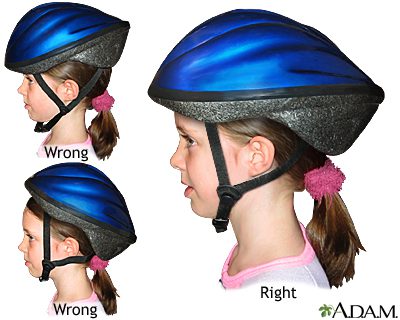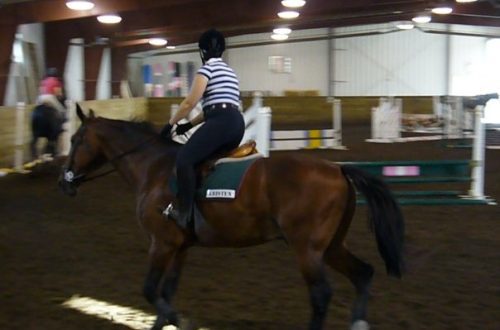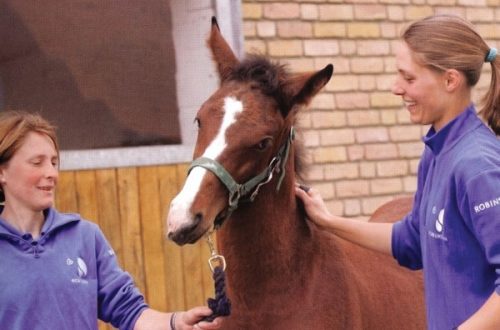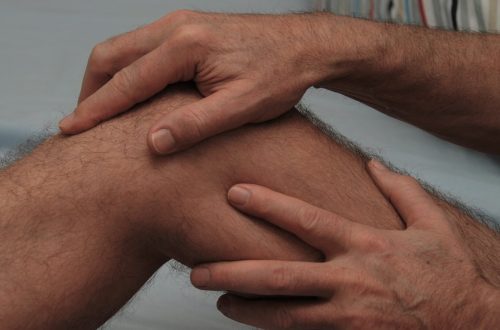
When a Helmet Fails: First Aid for a Head Injury
Photo taken from horsejournals.com
Equestrian sport is traumatic and this is confirmed by several accidents that have occurred with leading athletes over the past year. Even years of experience cannot save the rider from them.
Photo taken from Instagram @m_o.nchikov
Recently, the equestrian world was shocked by another tragedy – a candidate for the master of sports of Belarus Sergey Monchikov ended up in intensive care after an accident. He was leading a saddled young horse in his hands, while another broke loose from the line and rushed to meet him. Sergei decided to help the girl who was trying to catch up with the horse and bent down to pick up the cord. At that moment, his horse jerked and beat him back, hitting Sergei in the face. Doctors diagnosed a closed craniocerebral injury, a concussion and a broken nose.
Unfortunately, doctors cannot protect riders from such situations, however, it is within their competence to convey information on how to act when providing first aid and what important rules should be followed.
Doctor Diana Fisher, a traumatologist from England, working in Royal University Hospital Stokeand Shrewsbury and Telford Hospital spoke about the first aid needed after receiving one of the most serious injuries – hitting the head.
First of all, you need to make sure that you you are in a safe place. Ask others to help catch the horse so that it does not run into you or injure the victim.
Then make sure the victim can breathe on his ownand get access to oxygen. After a strong blow, our body has a certain tendency – the head goes down, and the tongue goes into the back of the throat, closing the airways.
If you do not have a professional medical education, then remove the helmet from the victim only as a last resort – if it interferes with breathing. The helmet protects not only the head, but also part of the neck. By removing it unnecessarily, you can do even more harm.
However, if the person is not breathing, act immediately. Prolonged lack of access to oxygen leads to brain damage that is much more serious than a head injury.
Dr. Fischer described one way to secure the airway without affecting the cervical region:
You need to push forward and up the lower jaw. Place four fingers behind the angle of the lower jaw and gently press up and forward; using your thumbs, slightly open your mouth with a slight shift of the chin.
If the victim is sick, help him roll over on his side – otherwise he risks suffocating.
In a hospital, doctors need to know as much as possible about how an accident happened. This will help to quickly and accurately diagnose and prescribe treatment. Therefore, someone must is nearby before the arrival of the paramedics monitor the human condition.
Be sure to remember the following things: whether the victim is aware of everything that happens, whether his pupils differ in size, what exactly he feels and whether he feels sleepy. Do not be afraid to call an ambulance again – the doctor warns that a person is in a state of shock for some time after the injury, and then health may worsen. At this point, you should immediately contact the doctors and report these changes.
Dr. Fisher draws attention to the fact that riders should not neglect safety rules. Wearing a helmet while riding and being near a horse should be a mandatory rule for everyone – even if a helmet cannot fully protect you, it will minimize damage.
“Some riders tend to underestimate the seriousness of the injury,” Diana begins her lectures with these words every time. Each, even the smallest blow to the head, is a traumatic brain injury. And although some athletes tend to follow the motto “fall, but rise and get back in the saddle”, this should be forgotten. There are no “little falls” and “light head bruises”. And an injury not diagnosed in time can lead to serious consequences in the future.





